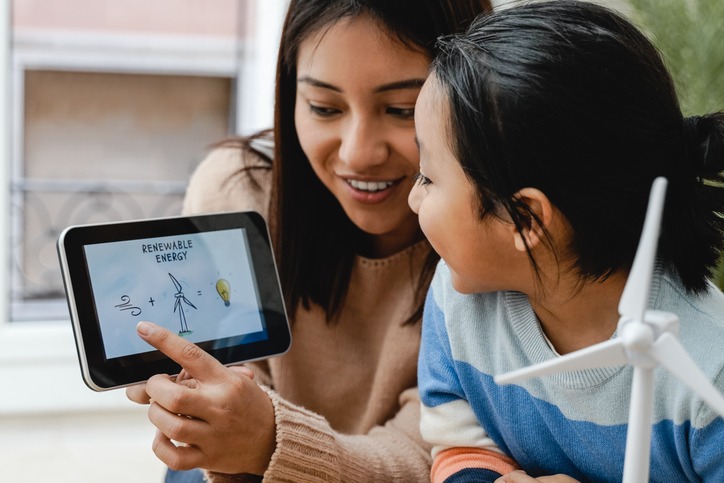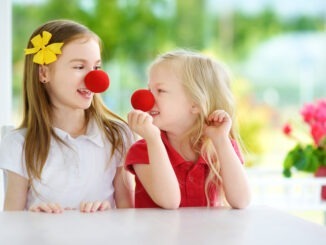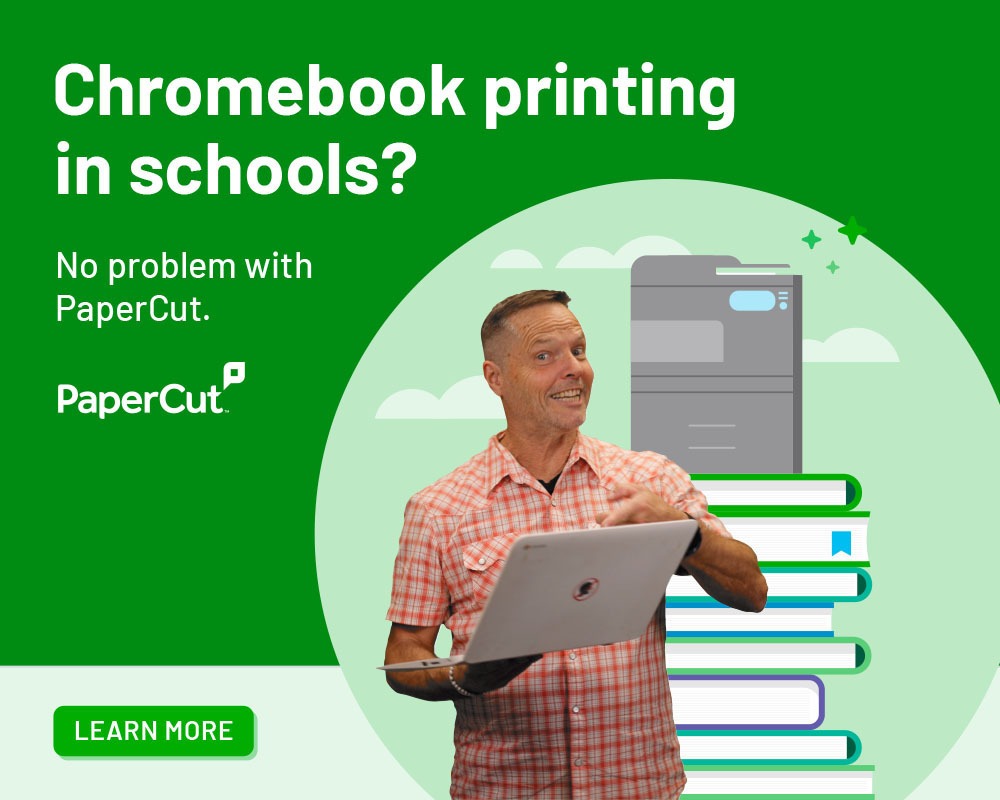
As reported by BBC Newsround, in heart-warming Friday news, students from Peacehaven Community School are discovering the joys of sustainability through Minecraft, thanks to a delightful new initiative
These young environmentalists are not only having fun but also learning about wind power and ecological conservation, setting the stage for a brighter, greener future. Happy Friday, indeed!
It’s all part of a new sustainability initiative launched by The Crown Estate, in collaboration with Microsoft. Two new Minecraft Education worlds, one in Windsor Great Park and the other at an offshore wind farm, are encouraging students to develop green skills, and explore wind farm planning, marine conservation, and ecology.
“We’ve developed two worlds, and while the locations are different, they overlap in many respects because they’re about the environment,” explains Judith Everett, Executive Director of Purpose, Sustainability and Stakeholder for The Crown Estate. “The core goal is to get students thinking about ‘how do we develop and continue using and appreciating spaces without causing damage to the environment?’.”
The Crown Estate approached the Minecraft team with clear learning objectives, recognising the game’s ability to immerse children in the stories and the narratives that they were trying to tell. Justin Edwards, Director of Learning Experiences for Minecraft Education, hails it as “a dream project”.
“Minecraft is uniquely positioned to connect children to the topic,” acknowledges Edwards. “The game is almost 15 years old, and people are familiar with the blocky structure of it. The open sandbox allows you to create anything you want, so whether it’s building a wind farm or even connecting people to world peace, you can achieve that in Minecraft because it’s completely adaptable. And moreover, it’s fun; Minecraft brings an enjoyable play experience to serious and important content.”
During the lesson at Rampion Visitors Centre, it was the students’ focus that spoke volumes. “The students were so engrossed that there was total silence in the room,” observes Edwards. “To hear the educator, Tracy, asking questions at the end and for the students to repeat back confidently the learning, you know that it learning has stuck and they’ve also enjoyed the experience. That’s what educators want – children to learn and have fun.”
“You start to take out all the areas where you can’t develop, then look at the areas that are most suitable,” Everett explains. “Then it’s a case of understanding what the wind resource is like, and then you go through the public consenting process.”
It’s not just wind farms getting the block treatment; Windsor Great Park also features. With a history stretching back over a millennium, it’s home to thousands of species of wildlife spanning approximately 4,500 acres.
The park has a long-standing commitment to sustainability, and students have a unique opportunity to manage its ecological health. By completing a series of quests, they can learn about the water cycle, the aquatic food chain, conservation, and environmental management. “Gamification has a huge role to play in education and it makes the topics much more accessible,” adds Everett.
Tracy Urch agrees. As a teacher and consultant with the social impact agency, Hopscotch, she facilitated the lesson for the Peacehaven students at Rampion. “Minecraft is a great engaging tool to grab young people’s attention; as soon as we mentioned Minecraft to the students, their eyes lit up.”



Be the first to comment